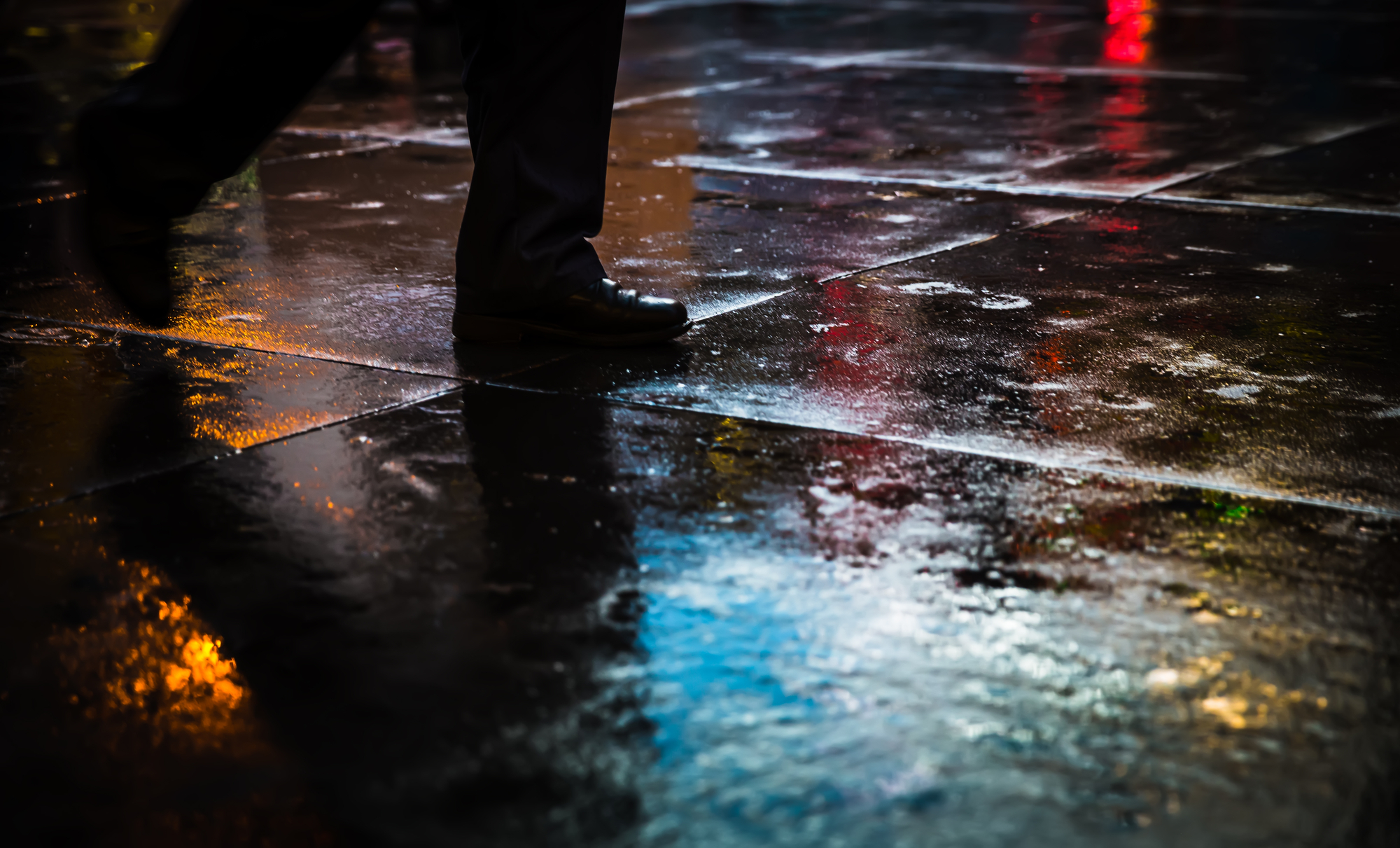Freezing the Action: Key Techniques and Tips for Sports Photography
Whether you’re capturing the winning touchdown or a record-breaking jump, sports photography is both exciting and challenging genre. It captures the emotion, energy, and spirit of athletes in action. However, getting great sports shots can be difficult, especially if you’re not familiar with the specific techniques and equipment.
In this article, we’ll provide top tips to capture stunning images of athletes and take your sports photography to the next level. If you want to get started with sports photography or improve your skills, you’ve come to the right place. Let’s dive in!
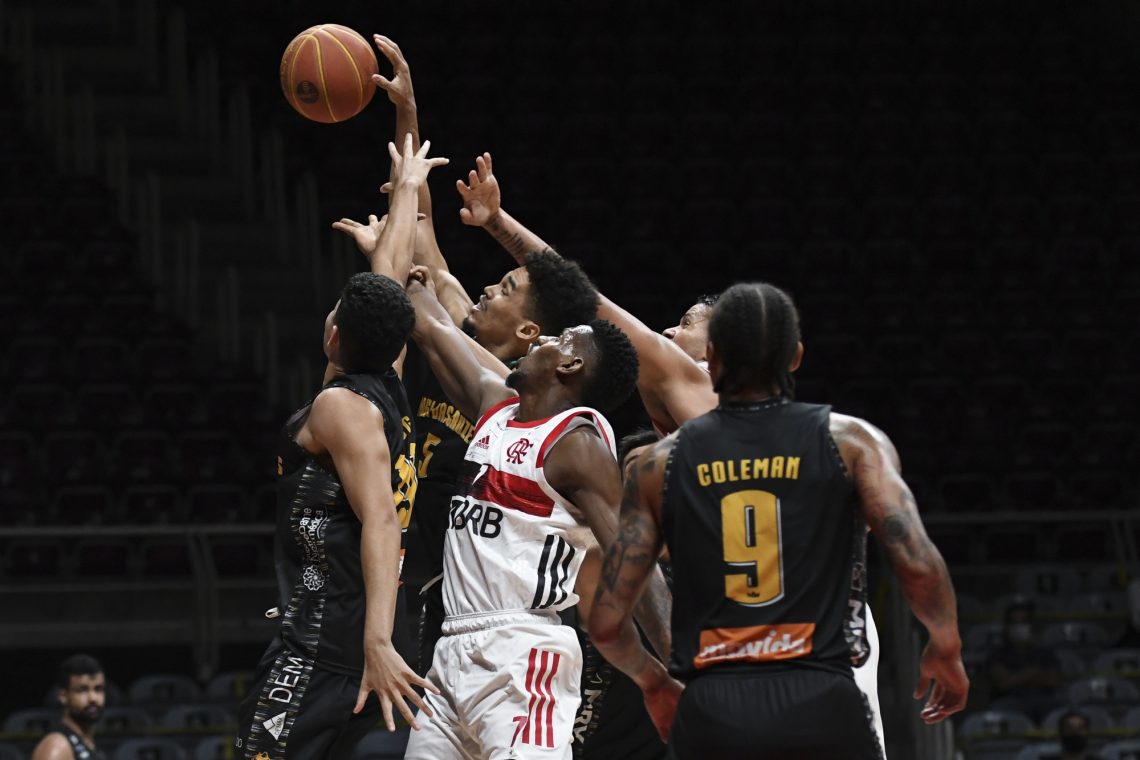
What is sports photography?
Sports photography is a genre of photography that involves capturing images of athletes and sports events. The goal is to capture the sport’s intensity, drama, and excitement in a single image. This can involve capturing action shots, candid moments, and emotions of the athletes, as well as the environment and atmosphere of the sporting event.
Sports photography requires a specific set of skills and equipment to effectively capture the fast-paced action and emotions of sports events. In addition to technical skills, sports photographers must have excellent timing and anticipation skills to capture the decisive moment. This can involve positioning in the right spot to capture the action and predicting the movement of the athletes.
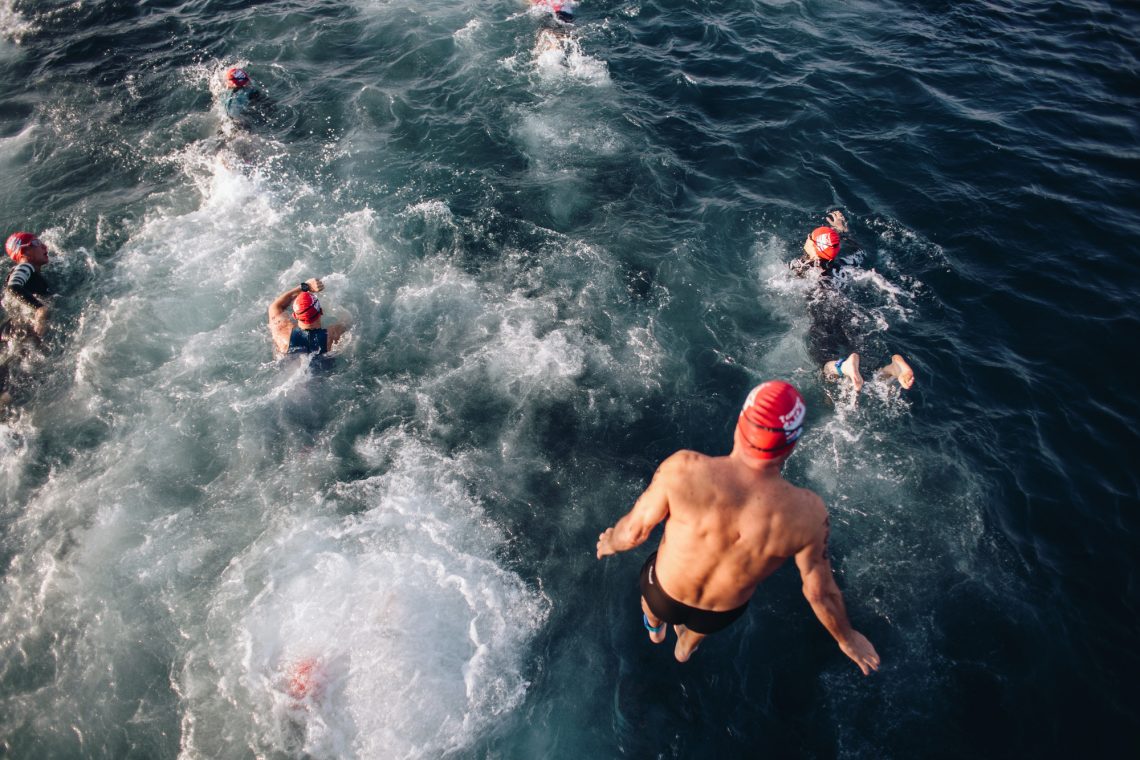
What equipment do you need for sports photography?
To capture great sports shots, you need the right equipment to handle fast-paced action, changing lighting conditions, and long distances between the camera and the subjects. Here are some essential pieces of equipment for sports photography:
1. Camera.
A good camera with fast autofocus, high ISO capability, and fast frame rate is essential for sports photography. A DSLR or mirrorless camera with a full-frame or APS-C sensor is ideal for sports photography, as it can capture sharp and detailed images even in low light.
2. Lenses.
The choice of lenses depends on the type of sports you’re shooting and the distance between the camera and the subjects. A telephoto lens with a focal length of at least 200mm is ideal for most sports, as it allows you to get close to the action and isolate the subject from the background. A fast aperture (f/2.8 or wider) is also desirable for sports photography, as it can help you achieve a blurred background.

3. Tripod or monopod.
A tripod or monopod can help you stabilize the camera and lens, especially when shooting with a long telephoto lens. It can also help you pan smoothly and follow the action.
4. Memory cards and batteries.
Sports photography requires a lot of memory space and power, so it’s important to have enough memory cards and batteries to last through the entire event. It’s also a good idea to shoot in RAW format to capture more details and allow for better editing later on.
The best settings for sports photography
1. Shutter speed.
For most sports, a shutter speed of at least 1/500s is recommended to freeze the action and capture sharp images. However, you may need a shutter speed of 1/1000s or higher for fast-moving sports.
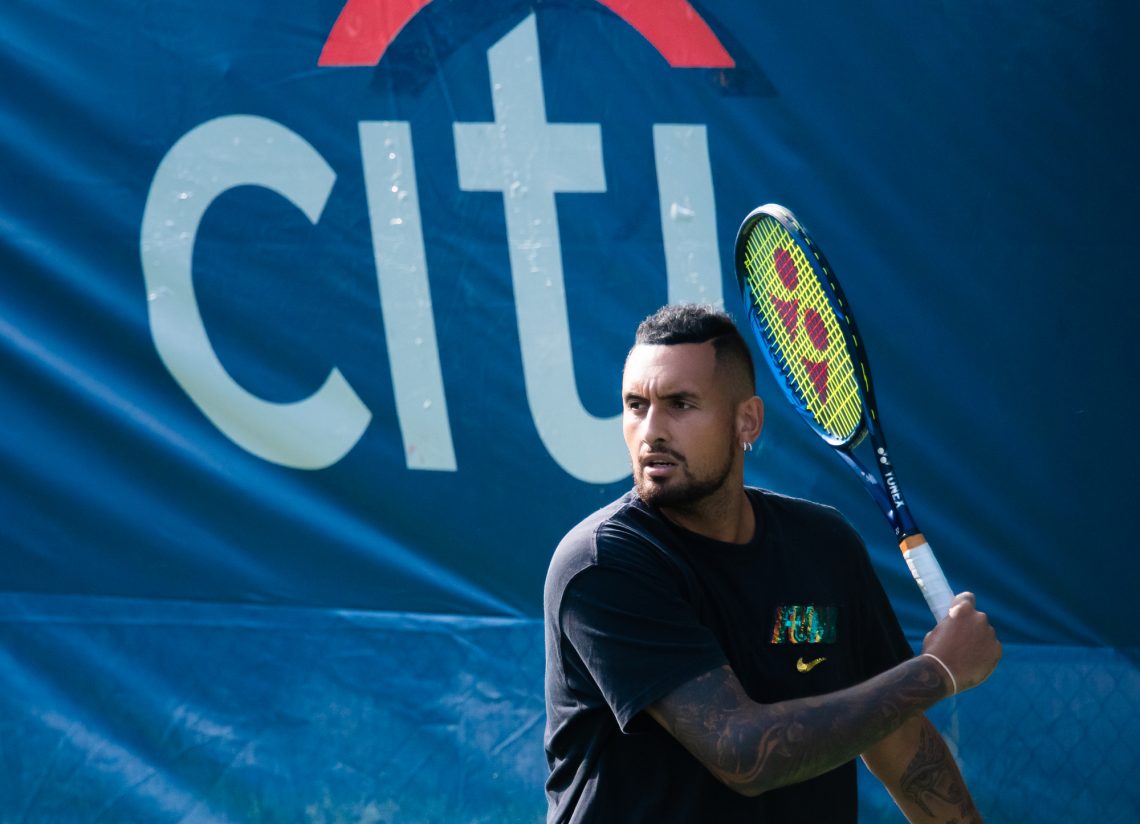
2. Aperture.
In sports photography, a wide aperture (f/2.8 or wider) is necessary to blur the background and isolate the subject. Yet, if you’re shooting a group of athletes or a team, you may need a narrower aperture (f/8 or higher) to ensure that everyone is in focus.
3. ISO.
When shooting sports, it is often necessary to use a high ISO to compensate for the low light conditions in indoor arenas or night outdoor games. You may need to use ISO 3200 or higher, but be aware that high ISO also introduces more noise and reduce image quality.
4. Focus mode.
When shooting sports, it’s best to use continuous autofocus (AF-C) mode, which tracks the subject as it moves and adjusts the focus accordingly. Some cameras also have a predictive autofocus (AF-Tracking) feature that anticipates the subject’s movement and adjusts the focus accordingly.

Top sports photography tips
1. Shoot in burst mode.
Burst mode is a feature on most cameras that allows you to rapidly capture a series of images. This is especially useful for sports photography, where the action can happen quickly and unpredictably. Shooting in burst mode increases your chances of getting the perfect shot.
2. Use panning.
Panning is a technique that involves following the movement of a subject with a camera, capturing it in motion while keeping the background blurred. This technique can be used to create dynamic and visually appealing images of athletes in action. To achieve this, use a slower shutter speed and move your camera along with the subject.
3. Be aware of the lighting.
Lighting can significantly impact the quality of your sports images. Consider the time of day and the sun’s direction if you shoot outdoors. If you shoot indoors, pay attention to the venue’s type and quality of lighting. Flash or other lighting equipment can help supplement the available light and create more dynamic images.
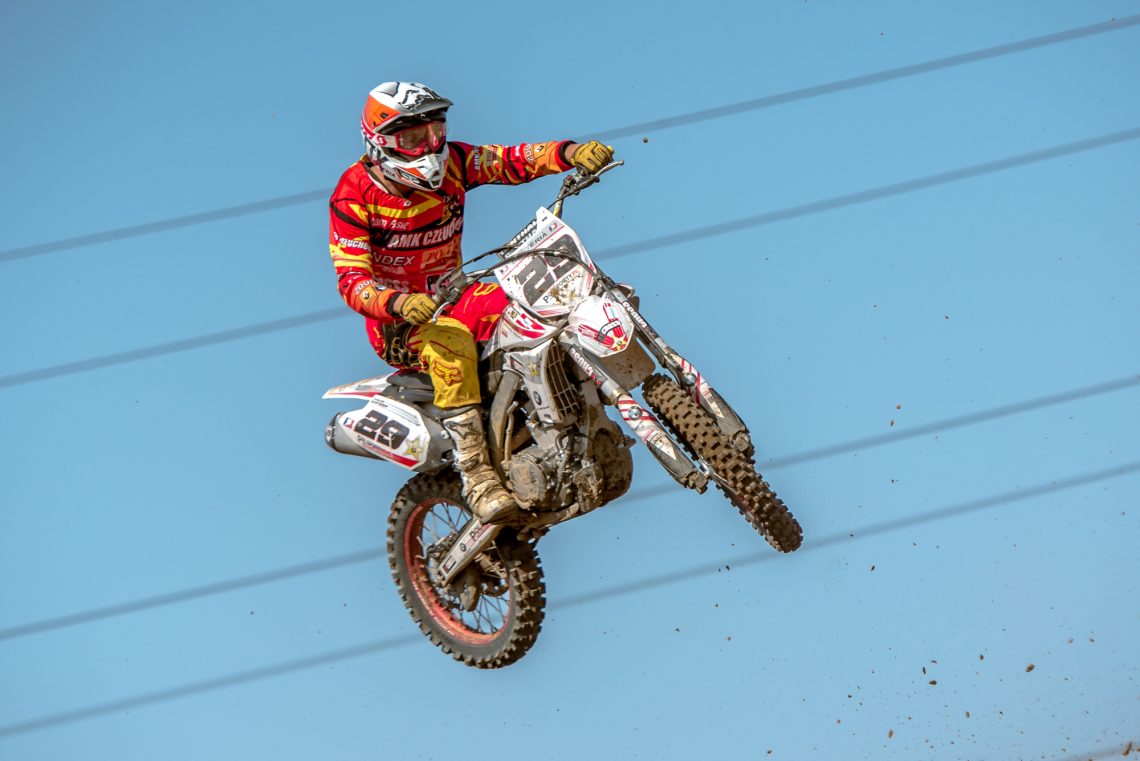
4. Pay attention to composition.
Composition is an essential aspect of any type of photography, and sports photography is no exception. Consider using the rule of thirds, leading lines, and other compositional techniques to create dynamic and visually appealing images. Try experimenting with different angles and perspectives to capture the action from a unique point of view.
5. Anticipate the action.
Anticipation requires studying the sport and the athletes to position yourself in the right spot to get the shot. Anticipate where the action is likely to happen, and be ready to capture the moment.
To wrap up
Sports photography is a challenging yet rewarding genre. With the right techniques and equipment, you can capture stunning sports images, conveying the excitement and energy of the moment. By using the tips from this article, you’ll be well on your way to elevating your skills and capturing images that stand out. Remember to practice, experiment, and have fun with your photography!
Other articles you might find interesting
Capturing Motion in Sequence Photography: A Guide for Beginners
Establishing a Point of View: Essential Principles and Examples
Camera Shots Explained: The Ultimate Guide to 8 Most Common Types of Shots
